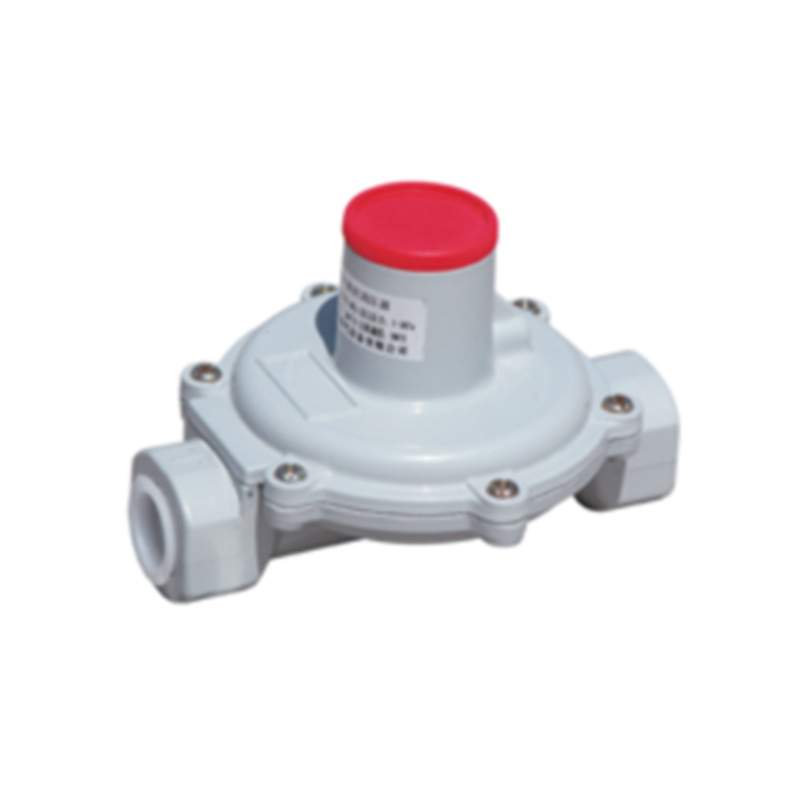
Nov . 18, 2024 02:07
Back to list
pressure reducing valve
Understanding Pressure Reducing Valves Function, Applications, and Benefits
Pressure reducing valves (PRVs) play a crucial role in modern hydraulic and pneumatic systems, enabling precise control of pressure levels to ensure optimal operation and safety in various applications. In this article, we will explore the function of pressure reducing valves, their applications, and the numerous benefits they provide in different industries.
What is a Pressure Reducing Valve?
A pressure reducing valve is a mechanical device designed to automatically reduce and maintain a predetermined output pressure, regardless of fluctuations in the supply pressure. It’s essential in ensuring that the downstream system receives a stable pressure that can be safely and efficiently regulated. Typically constructed from durable materials, PRVs are designed to handle various pressures and flow rates, making them suitable for a wide range of applications.
How Does a Pressure Reducing Valve Work?
The operation of a pressure reducing valve is quite straightforward. When the inlet pressure enters the valve, it acts against a diaphragm or piston connected to a spring. This movement creates force that opens or closes the valve, regulating the flow of fluid and maintaining a set output pressure. The adjustable spring provides flexibility, allowing the user to set the desired pressure level based on specific needs.
There are different types of pressure reducing valves, including direct-acting, pilot-operated, and electronic valves. Direct-acting valves are the simplest design, often used in low-pressure applications. Pilot-operated valves, on the other hand, are more sophisticated, allowing for better control over higher pressures and flow rates. Electronic pressure reducing valves utilize sensors and control systems to maintain pressure with high accuracy, making them ideal for technologically advanced systems.
Applications of Pressure Reducing Valves
PRVs are used in various industries, including
1. Water Supply Systems In municipal water supply systems, PRVs maintain consistent water pressure, protecting pipelines and fixtures from potential damage due to pressure surges.
2. Heating Systems In steam and hot water systems, pressure reducing valves regulate the pressure of steam or hot water entering heating units, ensuring safe operation and energy efficiency.
pressure reducing valve

3. Industrial Applications Many manufacturing processes rely on precise pressure control to maintain the quality and consistency of products. PRVs are integral in processes such as chemical processing, where they protect sensitive equipment from excessive pressure that could lead to equipment failure and safety hazards.
4. Gas Distribution In natural gas pipelines, PRVs reduce high inlet pressures to safe levels for residential and commercial use, ensuring that gas appliances operate efficiently and safely.
5. Hydraulic Systems In hydraulic machines and equipment, PRVs maintain optimal pressure levels, enhancing performance and preventing potential breakdowns due to pressure overloads.
Benefits of Using Pressure Reducing Valves
1. Safety By maintaining a controlled pressure level, PRVs reduce the risk of system failures, leaks, and catastrophic incidents, contributing to overall safety.
2. Equipment Protection PRVs help protect sensitive equipment from damage caused by pressure surges, leading to reduced maintenance costs and extended equipment life.
3. Energy Efficiency Regulation of pressure contributes to the efficient use of energy, as systems operate closer to their optimal performance levels, leading to lower energy consumption and cost savings.
4. Consistent Performance With stable pressure regulation, PRVs ensure that processes run smoothly and consistently, enhancing product quality and operational efficiency.
5. Flexibility The adjustable nature of many PRVs allows for easy modifications of desired pressure levels to meet diverse operational requirements.
Conclusion
Pressure reducing valves are indispensable components in various systems and industries, providing crucial pressure regulation that guarantees safety, efficiency, and reliability. Understanding their function and applications enables engineers and operators to make informed decisions, ensuring optimal performance in their operations. As technology advances, the role of pressure reducing valves will likely expand, incorporating smarter solutions for an ever-evolving array of applications.
Latest news
-
Safety Valve Spring-Loaded Design Overpressure ProtectionNewsJul.25,2025
-
Precision Voltage Regulator AC5 Accuracy Grade PerformanceNewsJul.25,2025
-
Natural Gas Pressure Regulating Skid Industrial Pipeline ApplicationsNewsJul.25,2025
-
Natural Gas Filter Stainless Steel Mesh Element DesignNewsJul.25,2025
-
Gas Pressure Regulator Valve Direct-Acting Spring-Loaded DesignNewsJul.25,2025
-
Decompression Equipment Multi-Stage Heat Exchange System DesignNewsJul.25,2025

